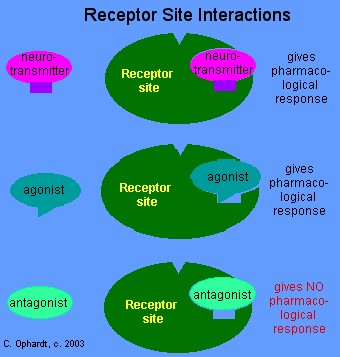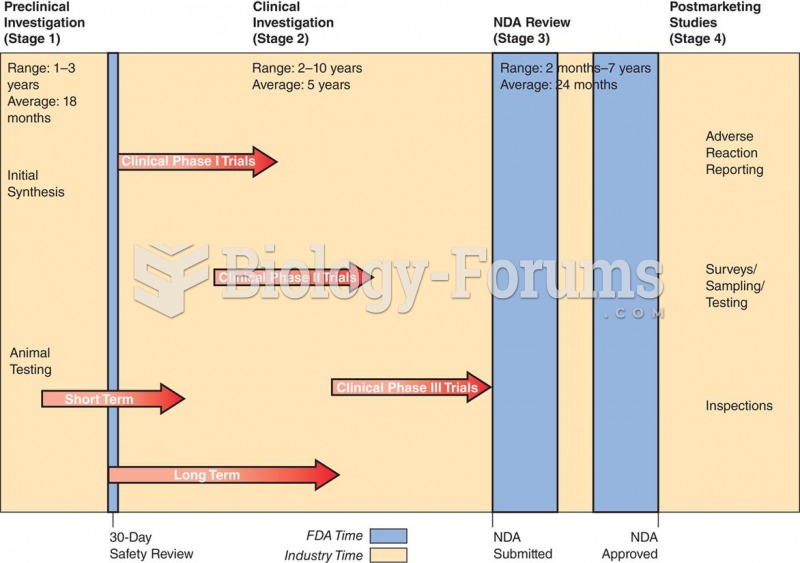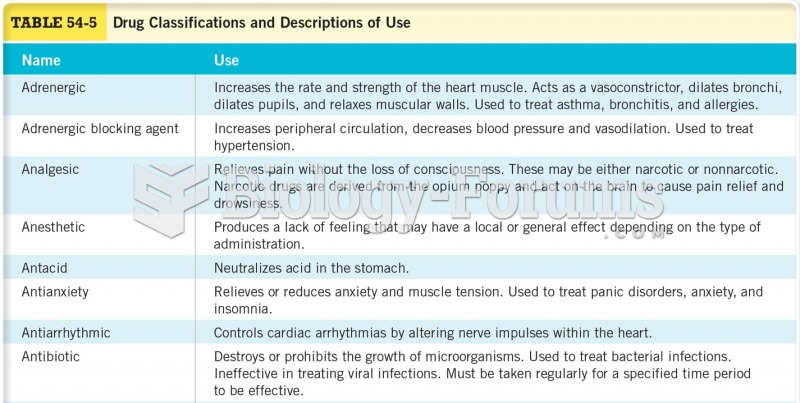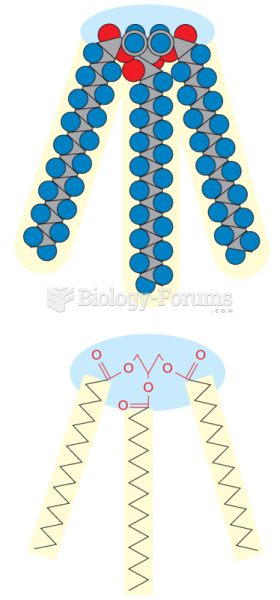|
|
|
Many medications that are used to treat infertility are injected subcutaneously. This is easy to do using the anterior abdomen as the site of injection but avoiding the area directly around the belly button.
In the United States, an estimated 50 million unnecessary antibiotics are prescribed for viral respiratory infections.
The first successful kidney transplant was performed in 1954 and occurred in Boston. A kidney from an identical twin was transplanted into his dying brother's body and was not rejected because it did not appear foreign to his body.
The calories found in one piece of cherry cheesecake could light a 60-watt light bulb for 1.5 hours.
For pediatric patients, intravenous fluids are the most commonly cited products involved in medication errors that are reported to the USP.







